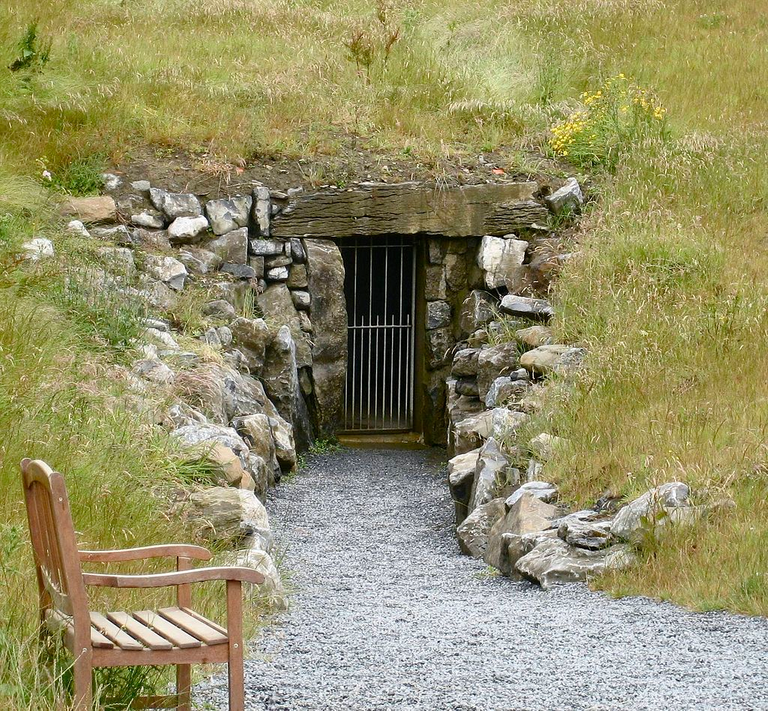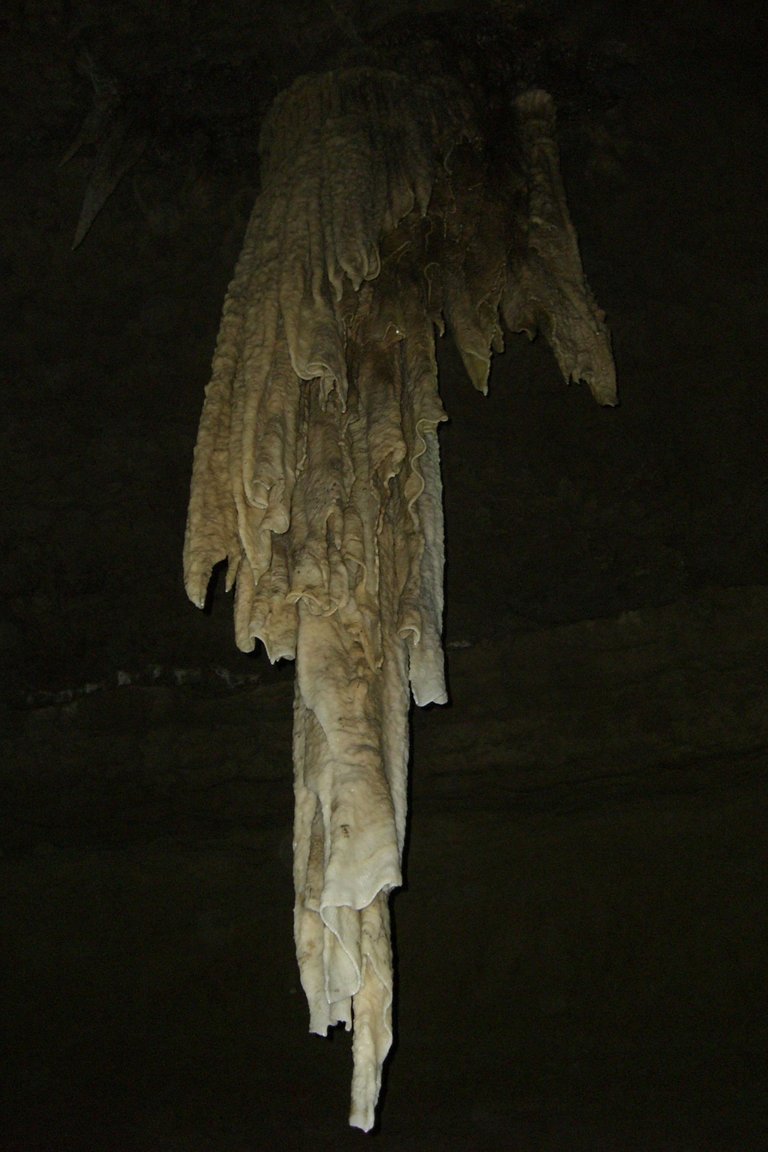Ireland is a beautiful island in North-Western Europe
...and I was lucky enough to have a friend there who invited me to explorer some of the amazing landscape and historic places. So today I'll take you on a trip to the Doolin Cave which is located in the middle of the island on the western coast.
The landscape is actually quite diverse ranging from mountains/hills to forests and the hundreds of kilometers of shoreline as well as the famous green grasslands which are predominantly found in the "midlands" where it is quite flat. The weather is of course on the colder side, but it never really gets cold as well which means that the seasons are less pronounced here.

The Doolin Cave was not directly on my sights to see list here, but it does have a major attraction: "The Great Stalagtite" which is one of the world's longest known free-hanging stalactites. It's actual length seems to be somewhat unclear as it is reported to be between 6 and 11m.
The cave itself was discovered in 1952 by J. M. Dickenson and Brian M. Varley of the Craven Pothole Club, an English caving club based in the Yorkshire Dales. At discovery the entry and passage to the site of the stalactite was very difficult, requiring a long, difficult crawl. In 1990, the land on which the cave is located was purchased by John and Helen Browne who had plans to use the cave for commercial purposes. After some push-back form the Speleological Union they were able to open the cave to the public in 2006. Well, I guess thanks to them we get to see this natural wonder, so no hard feelings from me ;)


The shaft taking one downstairs about 30 meters immediately feels quite cold and it gets colder with the descent. It also looks and feels a bit creepy! Thankfully, just a stalactite awaits down here :)

There are some smaller stalactites hanging on the cave ceilings as well. They say that every 1 cm of growth takes 100 years! So you can start measuring... In the back of the picture you can actually see some quite long ones that look like they could be thousands of years old! What strikes me here is that they must have been undisturbed for all this time; no earthquakes or the like seemed to have shook them.

And here we got it: the big one! My flash wasn't strong enough to illuminate all of the stalactite, so you can't see the top of the ceiling. The body looks very amazing however with all those curls and folds. How old could it be? I have unfortunately not come across some estimation of it, but it must be very old if we take the rule of thumb I mentioned earlier. If true, then about 7m would be equivalent to about 700,000 years!

Here is another picture showing the whole thing (taken from wikipedia).



Check out the Love The Clouds Community if you share the love for clouds!


